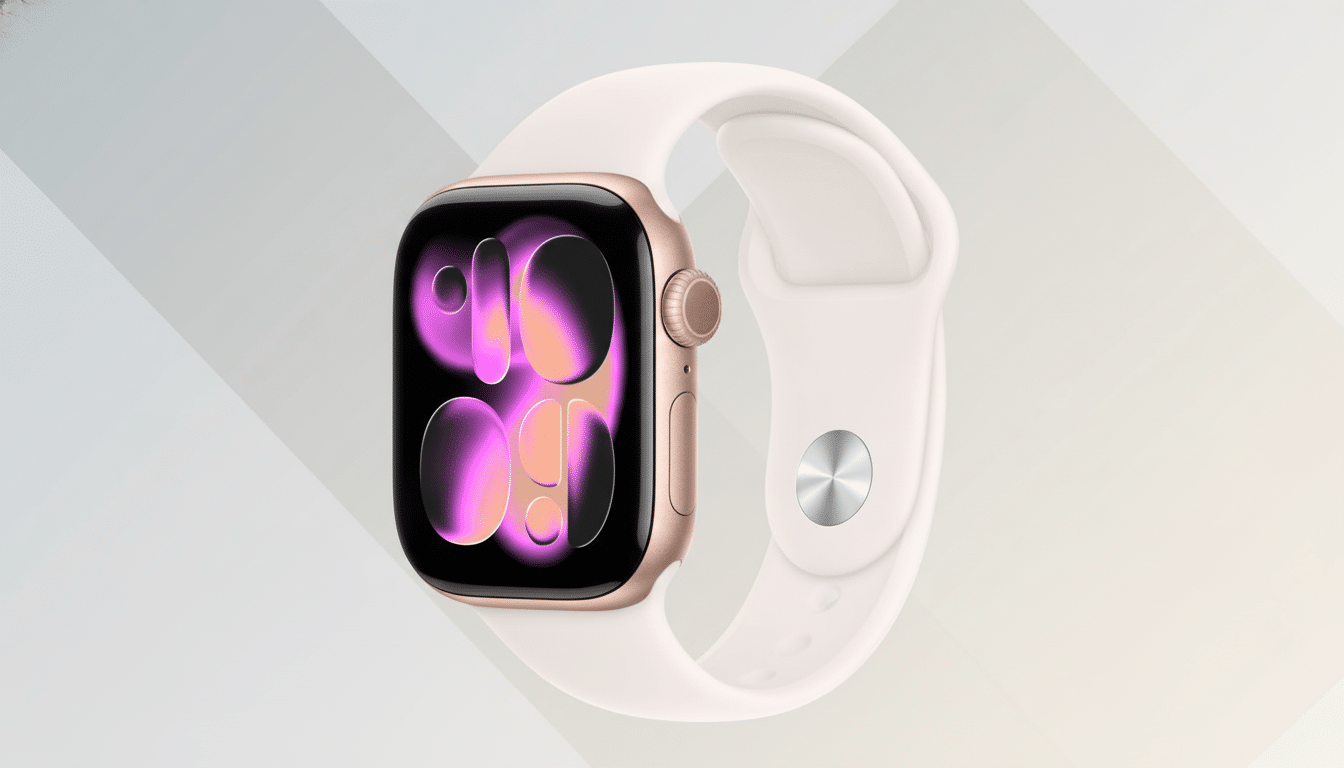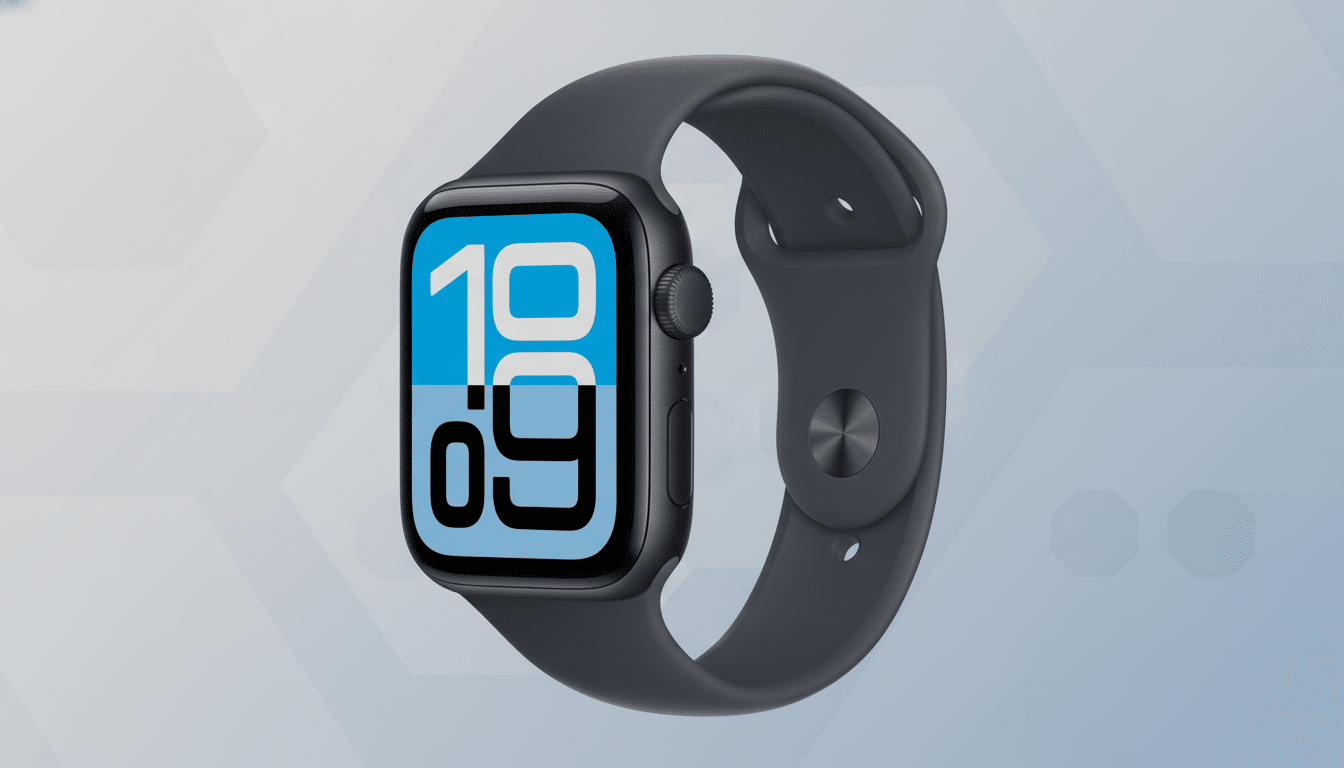A federal jury has told Apple to pay $634 million in damages after finding that the company’s Vitals and watchOS software features, which perform health-related functions on mobile devices and smartwatches, infringed a patent obtained by the medical technology firm Masimo. The ruling bolsters a yearslong battle over pulse oximetry, a sensor capability that Apple has positioned as a marquee health feature in its more recent watch generations.
What the jury decided in the Apple Watch patent case
Jurors found that parts of the Apple Watch’s workout mode and heart-rate notification features infringed Masimo’s intellectual property. The damages amount, among the higher U.S. patent damages figures in recent years in consumer tech, shows how much courts can consider sensor algorithms and signal-processing methods when they support consumer-facing health metrics such as SpO2.
- What the jury decided in the Apple Watch patent case
- How the Apple-Masimo dispute reached a boiling point
- The technology at the heart of watch blood oxygen
- What it means now for Apple Watch blood oxygen users
- Market and industry context for Apple and Masimo
- What to watch next in the Apple-Masimo patent battle

Apple said it would challenge the decision and claimed the disputed patents related to outdated patient-monitoring technologies with expired terms. In a statement quoted by Reuters, the company characterized Masimo’s approach as venue-shopping from courts to agencies. For its part, Masimo has long maintained that Apple poached key engineers and leveraged its hospital-grade oximetry know-how to fast-track the development of the Apple Watch.
How the Apple-Masimo dispute reached a boiling point
The battle intensified after Apple added blood oxygen readings to the Apple Watch. Masimo retaliated with complaints in federal court and before the U.S. International Trade Commission, where the agency ruled for Masimo and won a temporary block on some Apple Watch models that was later lifted. Apple disabled software features related to the blood oxygen issue to restart sales and then re-enabled them with a workaround it says sidesteps infringement.
Masimo followed by enforcing the ban more broadly, challenging decisions at U.S. Customs and Border Protection that cleared the watches to enter into the country, adding another front to an already complex case. As Reuters points out, the new jury award is just one part of a several-venue fight that is also still tied up in potential ITC enforcement and further court proceedings.
The technology at the heart of watch blood oxygen
Blood oxygen measurement on wearables uses photoplethysmography, where LEDs shine into the skin and sensors read the absorption of light that is reflected back correlated with blood oxygen. The precision lies within the algorithms: filtering motion noise, compensating for skin tone and perfusion, interpreting optical signals during workouts — settings filled with artifacts. Masimo’s hospital systems were among the first to develop motion-tolerant pulse oximetry and it has a rich portfolio of patents in this area.
Apple’s execution combines hardware with what the company calls on-device machine learning to surface readings passively and during exercise, as well as alerts tied to various heart metrics. Though Apple markets these tools as wellness features and not diagnostic results, patent law hinges on technical description, not marketing labels, so the jury’s attention to underlying methodology was key.
What it means now for Apple Watch blood oxygen users
Everyday use for now is the same. Appeals can be a lengthy process, and post-trial motions could alter damages or scope. The bigger swing factor is the ITC: If Apple’s current software and hardware still infringe Masimo’s rights, import bans could once again be imposed against new models in the U.S., as before. When it did, Apple’s lightning-fast software disablement and follow-up workaround minimized retail disruption — a playbook the company could execute again if necessary.

It’s also a reminder that health features on consumer devices represent where medical-grade innovation meets consumer electronics speed. Even when a function is cast in informational terms, it’s frequently rooted in decades of clinical sensor work. That overlap makes it more important to negotiate licenses early on, particularly at a time when high-profile features become must-haves in competitive categories.
Market and industry context for Apple and Masimo
Apple leads the smartwatch market by revenue, an accolade that Counterpoint Research has consistently pointed out at around 50% share. Health features such as SpO2, atrial fibrillation warnings and workout analysis are central to that forefront. A prolonged lack of blood oxygen support would not kill the product, but it would muddy Apple’s differentiation strategy and roadmap.
For Masimo, the case highlights the commercial potential of clinical-grade sensing IP beyond healthcare institutions. Its technology is widely used in operating rooms and intensive care units, and a victory against a top consumer brand beefs up its leverage in licensing discussions on wearables and connected health.
What to watch next in the Apple-Masimo patent battle
That includes Apple’s appeal, any changes to the verdict in post-trial decisions and the ITC decision on Apple’s workaround. U.S. Customs interpretations begin to matter if Apple opts for additional design adjustments. Investors and competitors will also pay attention to whether Apple settles — possibly by buying a license to Masimo’s portfolio — or goes for a straight appellate victory.
The larger lesson for the industry is simple: as wearables increasingly muscle into clinical territory, the line separating consumer-grade convenience and regulated, hospital-vetted science is getting more and more blurred.
That convergence is the nexus at which patents bite — and where health’s next generation of features will be hammered out as much in courtrooms as in labs.

